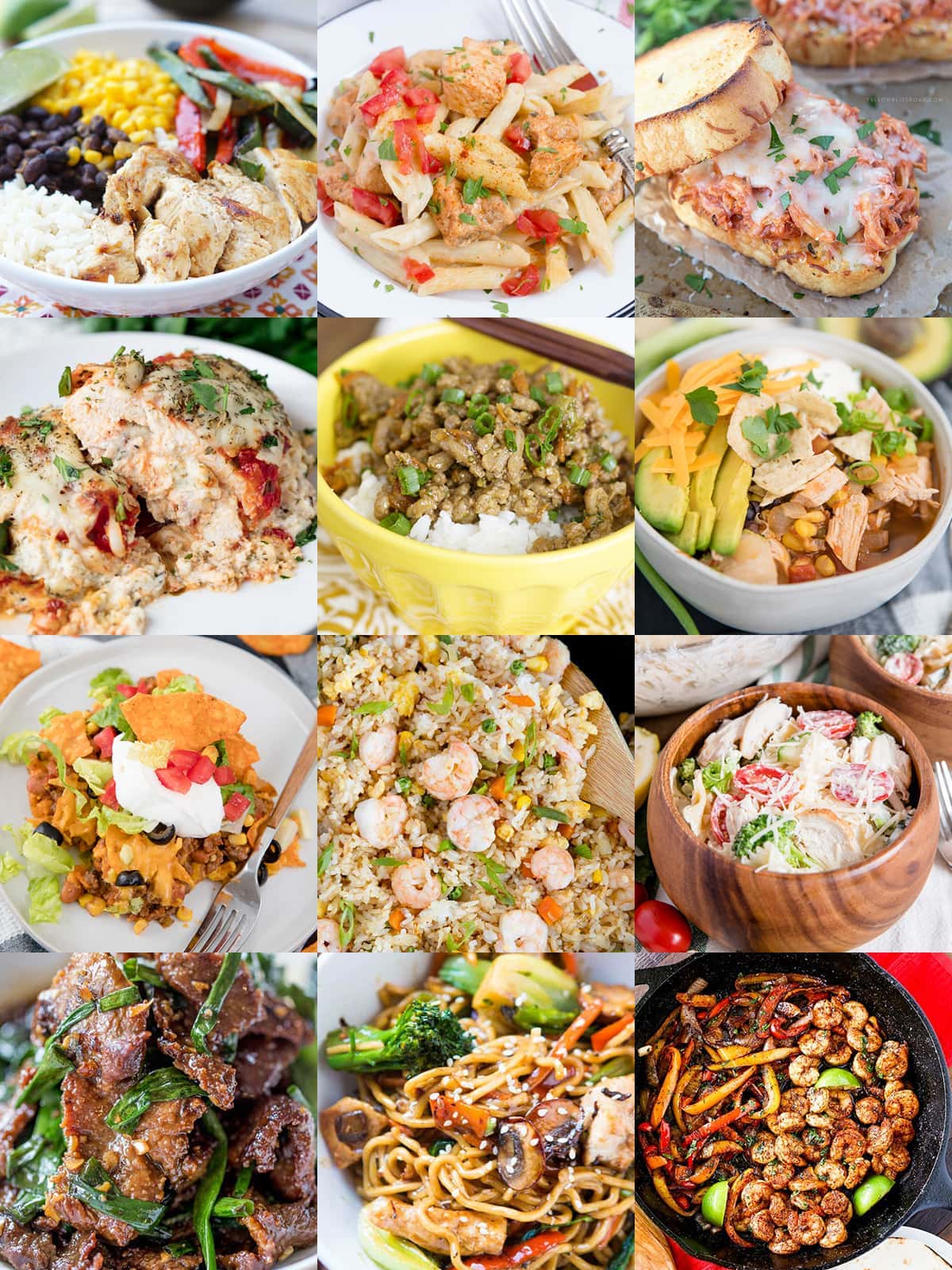Education Innovation Ideas 2025: Shaping the Future of Learning
Related Articles: Education Innovation Ideas 2025: Shaping the Future of Learning
- Dinner Ideas For Picky Eaters 2025 Quiz Questions On Inventions And Discoveries 2025
- Coffee Cup Painting Ideas On Canvas 2025 Practical Invention Ideas On Youtube 2025
- Easy Dinner Ideas Using Chicken Breast 2025 Science Exhibition Project Ideas For Class 6 2025
- Dollar Tree Closet Organization Ideas 2025 Refinish Kitchen Cabinets Ideas 2025
- Definition Of Idea Of Reference 2025 Quick Easy Breakfast Ideas 2025
Introduction
In this auspicious occasion, we are delighted to delve into the intriguing topic related to Education Innovation Ideas 2025: Shaping the Future of Learning. Let’s weave interesting information and offer fresh perspectives to the readers.
Table of Content
Video about Education Innovation Ideas 2025: Shaping the Future of Learning
Education Innovation Ideas 2025: Shaping the Future of Learning

The world of education is constantly evolving, and with the advent of new technologies and changing societal needs, the need for innovation in education is more pressing than ever. As we look ahead to 2025, it’s essential to envision the future of learning and identify innovative ideas that can transform the educational landscape. Here are some groundbreaking education innovation ideas that have the potential to shape the future of learning:
1. Personalized Learning at Scale:
Personalized learning has been a buzzword in education for years, but it has often been difficult to implement effectively at scale. With the advancements in artificial intelligence (AI) and adaptive learning platforms, personalized learning is becoming more accessible and effective. These technologies can track student progress, identify areas of need, and tailor instruction to each student’s unique learning style and pace.
2. Immersive Learning Experiences:
Virtual reality (VR) and augmented reality (AR) are revolutionizing the way students learn. By creating immersive learning experiences, these technologies can transport students to different worlds, allowing them to explore historical events, conduct scientific experiments, and solve complex problems in a highly engaging and interactive way.
3. Gamification of Learning:
Gamification involves the use of game elements in non-game contexts, such as education. By incorporating game mechanics, such as points, badges, and leaderboards, into learning activities, educators can make learning more engaging and motivating for students. Gamification can also promote collaboration and foster a sense of community among learners.
4. Micro-Credentials and Stackable Degrees:
The traditional model of higher education, where students pursue a single degree over several years, is becoming increasingly outdated. In the future, learners will need more flexibility and customization in their educational pathways. Micro-credentials and stackable degrees allow students to acquire specific skills and knowledge in shorter time frames, and they can be stacked together to create customized degree programs that meet individual needs.
5. Blended Learning Models:
Blended learning combines online and face-to-face instruction, offering students the flexibility and convenience of online learning with the benefits of in-person interaction. By leveraging technology for asynchronous learning activities, educators can free up class time for more interactive and collaborative activities that promote deeper learning.
6. Competency-Based Education:
Competency-based education (CBE) focuses on assessing students’ mastery of specific skills and knowledge, rather than simply seat time or course completion. This approach allows students to progress at their own pace and demonstrate their learning through authentic assessments, such as projects, portfolios, and performance tasks.
7. Project-Based Learning:
Project-based learning (PBL) engages students in real-world projects that require them to apply their knowledge and skills to solve complex problems. PBL fosters critical thinking, problem-solving, and teamwork skills, and it prepares students for the challenges they will face in the workplace and beyond.
8. Maker Education:
Maker education emphasizes hands-on learning and experimentation. By providing students with access to tools and materials, such as 3D printers, robotics kits, and coding platforms, maker education empowers students to design, build, and create, fostering innovation and creativity.
9. Social and Emotional Learning (SEL):
In addition to academic skills, social and emotional learning (SEL) is essential for student success and well-being. SEL programs teach students self-awareness, self-regulation, social awareness, relationship skills, and responsible decision-making. By integrating SEL into the curriculum, educators can help students develop the skills they need to thrive in school, work, and life.
10. Global Education:
In an increasingly interconnected world, it is essential for students to develop a global perspective. Global education initiatives connect students with peers from around the world, fostering cultural understanding, empathy, and a sense of global citizenship.
Simple and Fast Dinner Ideas for 2025
With busy schedules and demanding lifestyles, finding time to cook healthy and satisfying meals can be a challenge. However, with a little planning and creativity, it is possible to create delicious and nutritious dinners in a matter of minutes. Here are some simple and fast dinner ideas that will make mealtime a breeze in 2025:
1. One-Pan Wonders:
One-pan meals are a lifesaver for busy families. Simply toss your ingredients into a single skillet or baking sheet, and dinner is ready in no time. Try sheet pan chicken and vegetables, one-pot pasta dishes, or quick stir-fries.
2. Slow Cooker Magic:
Slow cookers are the ultimate time-saving appliance. Throw your ingredients into the slow cooker in the morning, and dinner will be ready and waiting for you when you get home from work. Try slow-cooked pulled pork, chicken tacos, or hearty soups and stews.
3. Instant Pot Perfection:
Instant Pots are another great option for quick and easy meals. These multi-functional appliances can pressure cook, slow cook, sauté, and more. Try instant pot pasta dishes, rice bowls, or quick-cooking soups.
4. Air Fryer Delights:
Air fryers are a healthy and convenient way to cook your favorite foods. Simply toss your ingredients in the air fryer basket, and dinner will be ready in minutes. Try air-fried chicken wings, roasted vegetables, or crispy tofu.
5. Meal Prep Magic:
Meal prepping on the weekends can save you a lot of time and stress during the week. Simply cook a large batch of food on Sunday, and portion it out into individual containers for easy grab-and-go meals throughout the week.
6. Leftover Transformations:
Don’t let leftovers go to waste! Transform them into new and exciting dishes. Try leftover chicken stir-fries, pasta salads, or quesadillas.
7. Frozen Food Favourites:
Frozen foods can be a lifesaver when you’re short on time. Keep a variety of frozen vegetables, fruits, and pre-cooked meals on hand for quick and easy dinner options.
8. Delivery Delights:
When all else fails, don’t be afraid to order delivery. Many restaurants offer healthy and affordable delivery options, making it easy to enjoy a delicious meal without the hassle of cooking.
Conclusion:
The future of education is bright, with innovative ideas and technologies emerging to transform the way we learn. By embracing these innovations, we can create a more engaging, personalized, and effective learning experience for all students. Similarly, by adopting simple and fast dinner ideas, we can ensure that mealtime remains a source of nourishment and enjoyment in our busy lives.








Closure
Thus, we hope this article has provided valuable insights into Education Innovation Ideas 2025: Shaping the Future of Learning. We hope you find this article informative and beneficial. See you in our next article!